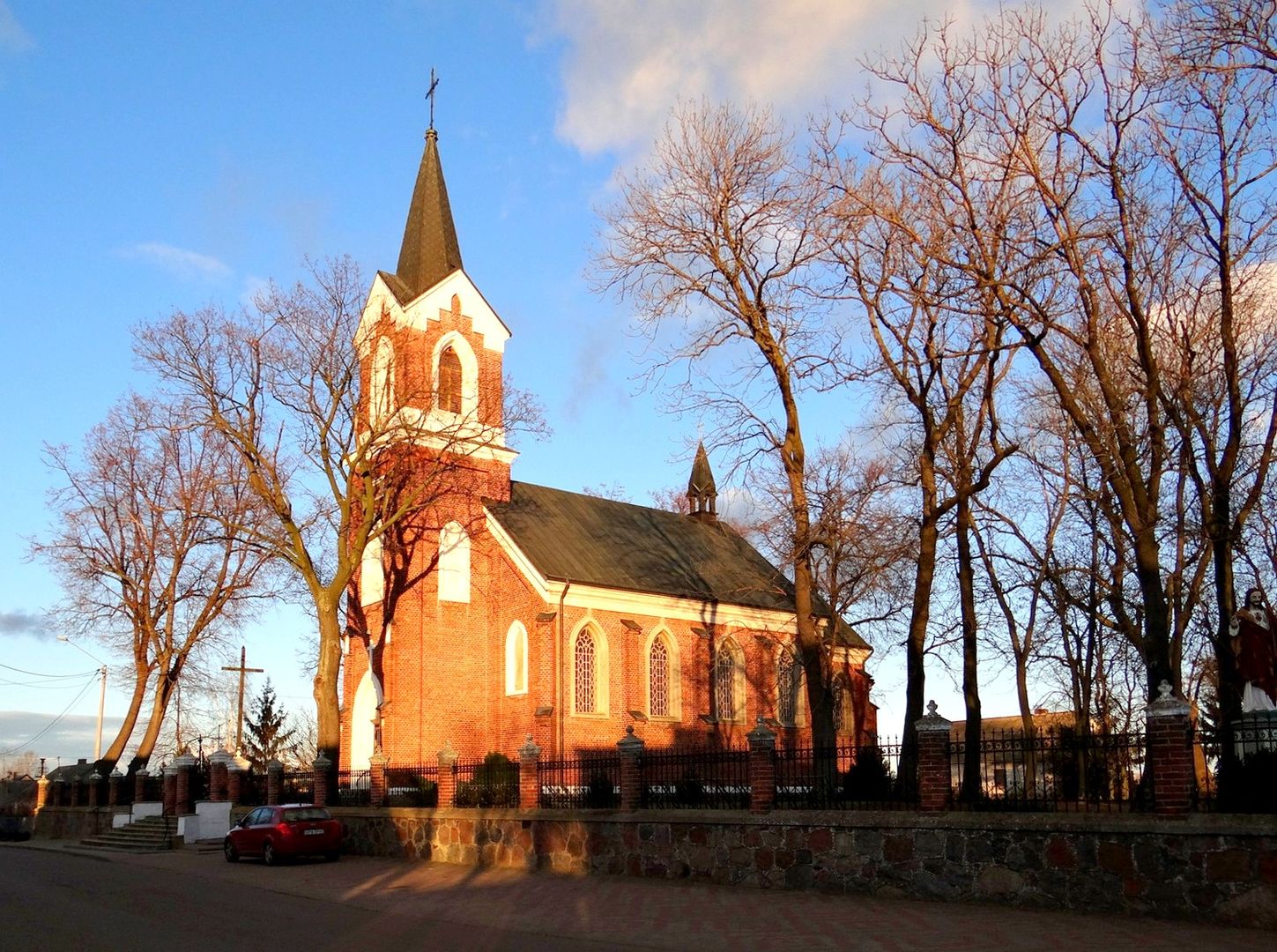Byczyna
6.35

Overview
Byczyna is a sołectwo (administrative village unit) in Poland, located in the Kuyavian-Pomeranian Voivodeship, within Radziejów County. Its history dates back to the first half of the 13th century, with the first records from 1262, when the village was mentioned in a privilege granted by Duke Casimir. Over the centuries, Byczyna was owned by the bishops of Włocławek. In 1582, there was a manor farm (folwark) belonging to the Włocławek chapter, and the residents were obliged to pay various fees and provide labor for the farm. The village developed in the 19th century, and by 1827 it had 204 inhabitants. On February 19, 1863, an insurgent party passed through the village during the January Uprising. After World War II, the village underwent administrative changes, and some of its inhabitants were displaced by the Germans. Over the years, two windmills disappeared, and Byczyna was electrified in the second half of the 20th century. The parish of St. Hedwig of Silesia, whose church was first mentioned in 1326, belongs to the Radziejów deanery. The current neo-Gothic brick church was built between 1880 and 1882. During World War II, the Soviet occupation authorities arrested the parish priest of the diocese, who later died in Dachau. The Choleryczny Lasek (Cholera Grove) serves as the burial site for victims of cholera. The local cemetery contains graves of notable figures, including Bartłomiej Nowak, a leader of the January Uprising, and Franciszek Beciński, a poet. An elementary school was established in Byczyna in 1864, and during the interwar period, students could continue their education in Dobre. The cultural life of the village was enriched by amateur theater groups, whose performances were broadcast by Polish Radio. Interestingly, villagers listened to recitations of Beciński's poetry and performances by Stefania Rataj on their radio receivers. Despite its small size, Byczyna boasts a rich history and cultural heritage that shapes its local identity.
Location
2025 Wizytor | All Rights Reserved